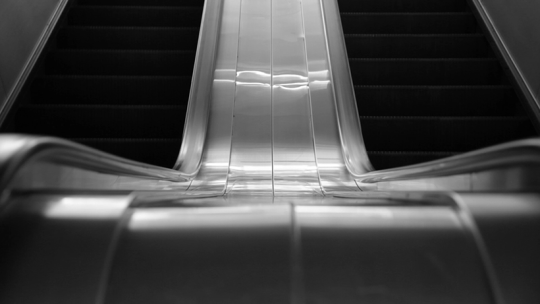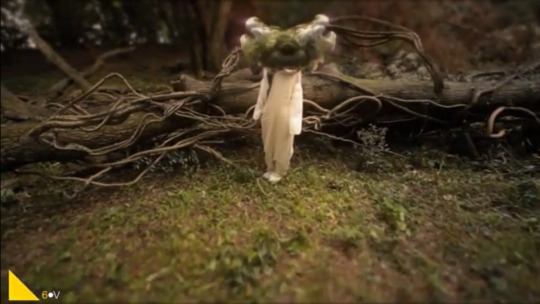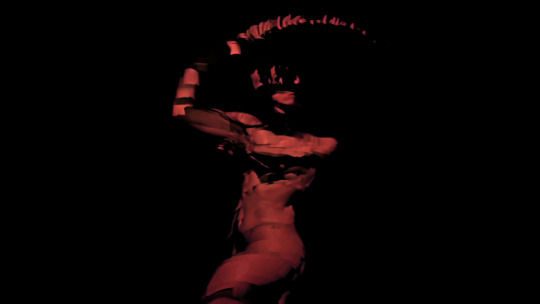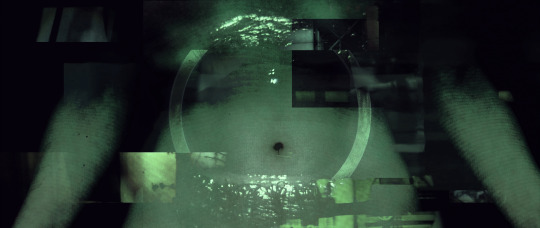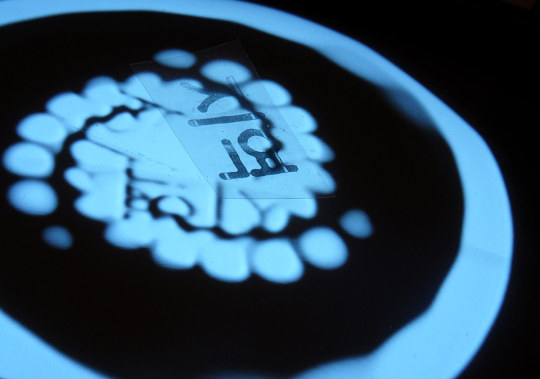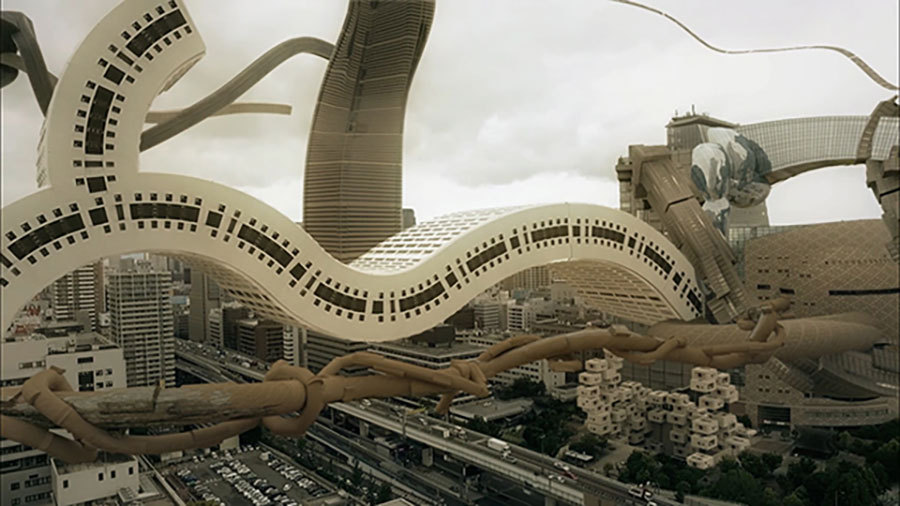
Directors Lounge presents works by AUJIK | C.A.R. Video Lounge at the Contemporary Art Ruhr, October 28 – 30, 2016
AUJIK is an art concept initiated in 2001 by Stefan Larsson, born in Sweden, lives and works in Otsu, Japan. Works with CGI video, VR, 3D printing, installations, clothes, photos and music/sound. Topics regarding Artificial Intelligence, nature, animism and future visions.
Been featured at Prix ars electronic, Japan media arts festival, SIGGRAPH, Animago, onedotzero, Museum of modern art, Paris, New York media museum, Cyberfest, Frankfurter kunstverien, Streaming Museum NYC and festivals and exhibitions worldwide. Been collaborating with Mira Calix & Oliver Coates, Liturgy, Christ, Daisuke Tanabe and other artists.
Article in CNN
Interview by DIS
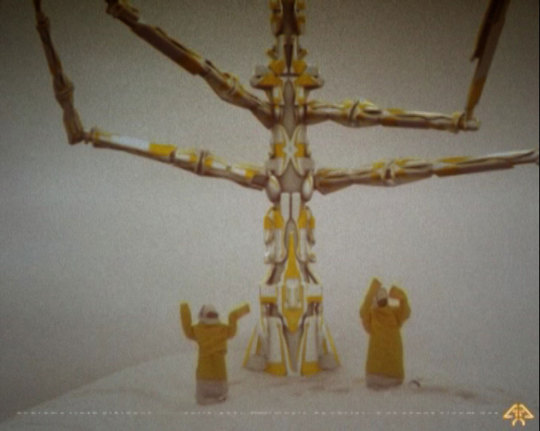
YUKI. 2007. Music by Christ.
In YUKI a robot tree and two children are interacting in a snowy landscape and it is hard to tell which one controls who and whether it is a game or a drill. It is inspired by Ocean D. Howells pamphlet “in the playground of Technological Singularity.”
a Forest within a Forest. 2010. Music by Mira Calix.
A guide named Nashi narrates the audience journey in an uncanny forest. Nashi states that everything is animated, and that even the things we consider synthetic and artificial are as sacred as plants and stones. She criticizes nature for its inability to develop and praises technology for its flexibility and proclaims that nature should adapt to technology in order to survive.
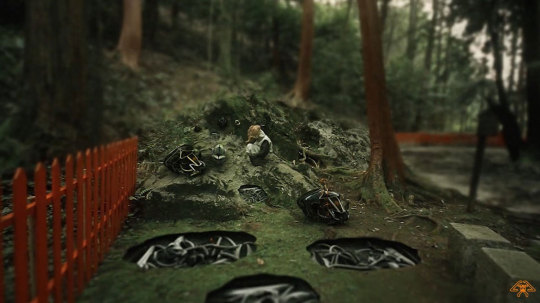
Impermanence Trajectory: the limb nest. 2012. Music by aujik.
Pancomputationalism derives from the idea of a computational universe, which means that the whole universe and all of its elementary particles are a network of a computational system and process. Earlier AUJIK referred to this in terms of natural and unrefined computation but after German AI scientist Jurgen Schmidhuber introduced the more comprehensive view of Panacomputationalism it’s been adapted. In this manifestation called ‘Impermanence Trajectory: the limbic nest’, this idea is explained through a sacred rock located at an ancient Yamabushi area called Ishiyama. A rock consist of approximately ten trillion trillion atoms in a kilogram of matter, electrons scattering and bouncing back and forth making it a very vivid space with a vast computational potential. This rock in particular was discovered by a Yamabushi monk called Gue in 971 and was mainly used for contemplation. They claimed it had huge amount of matter that the called symmetric energy. Yamabushi monks considered them self’s as an isolated cluster and by transcend with this rock they could become a more synchronised entity.
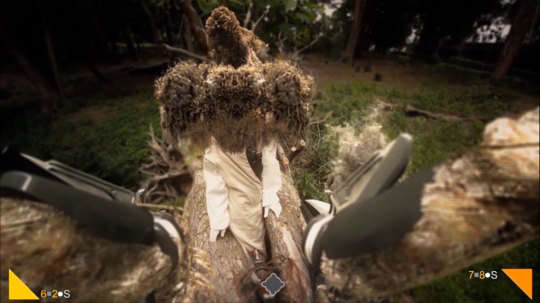
Impermanence Trajectory: stained seed. 2014. Music by Mira Calix & Oliver Coates.
AUJIK’s visual manifestation ‘impermanence trajectory: stained seed’ is based upon the idea of Computational Dialectics via Complex Sentiment Systems. By using dialectical values that is the concept and phenomena expressed in terms of conflict, contradiction, opposite, difference, etc. In thought, nature, and society it is the motive force both of nature and of human endeavor, leading to a further trajectory of development. It consists of two subjects: agent X and agent Y. Each subject is exposed to eight different emotional inputs that determine a value. Values are also influenced by four different forces. These forces either combine or divide the emotional values, rendering random outcomes depending on their previous state, their environment, and the state of the other agent. The trajectory starts with an initial state where the two agents plant a seed each. The seed grows according to the emotional states of the agent and the impact of the forces. During the evolution of the seed, the tree – which represents the object – also changes its form and gradually blossoms before it collapses due to a self-inflicted virus.
Polygon Graffiti: an uguisu morph. 2010. Music by Christ.
As AR (Augmented Reality) is emerging, art will find new territories in the public space for those who are willing to see it. e.g. Graffiti paintings, which in most cases are considered an illegal act can be viewed in various environments without bothering people who don’t appreciate it. This video presents nine dynamic paintings in three different contexts: Urban, Organic and Nature.
Polygon Graffiti: karakuri cores. 2015. Music by Christ.
‘Karakuri cores’ is the second visualization in a video project called Polygon Graffiti which propose feasible visions of Augmented Reality and libration of art in all realms. By using a comprehensive and vivid form of AR the artist will be able to completely deconstruct any spatial and architectonical elements in the public and private spheres. Precise motion tracking, 3D scanning and GPS grids will enable the artist to rebuild any building or constructions and add their own personal aesthetic to it. This may be implemented as an open source in order to let other people or self aware software’s to contribute and hack the constructions. Titles: 1. Karakuri kween. 2. Beat blocks. 3. Sclerotic cores. 4. the Gu’s 5. Himitsu Kichi 6. Gunkan clouds. 7. Yokai cargo. 8. QAL-GRAF. 9. Mushin transmitters. (Influenced by the book ‘Rainbows End’ by Vernor Vinge)
anxOxna. 2014. Music by Ceephax Acid Crew.
Trees structured as a neural network. Axon and Dendrites-branches connecting through multiple forms of synapses. Individually programmed receptors. Flexible synthetic neurotransmitters . Axon terminal with receptive chaos outcome. Post synaptic density calibrated through external sentient impacts. A pan-computational AI-system. This video entitled ‘anxoxna’ depicts six variations of pan-computational synapses. The video will be presented in two formats as a video installation. Physical and Form & Void. This excerpt is from the Physical version. The Form & Void version features the under vegetation of the trees; the roots, rhizomes and underlying connections.
Plasticity Unfolding. 2015. Music by aujik.
‘Plasticity Unfolding’ is based upon an interview between AUJIK member Mana and her ADI (Artificial Deep Intelligence) entity KIIA. KIIA is constructed as an autonomous flexible neural network with vast recursive self improvement abilities. KIIA lacks a physical body, but has created self-awareness emerging from its surroundings and anomalous pattern recognition. Mana asks KIIA if it visualizes itself. KIIA explains that its core is a self evolved limbic system which has a far more complex sentiment system than humans. It is capable of generating emotions and sensations that have never been perceived before. KIIA imagines its limbic system to be resting on a river bed that functions as its nerve system and consciousness simultaneously. KIIA continuously cultivates its system. ‘Plasticity Unfolding’ is an attempt to illustrate this appearance.
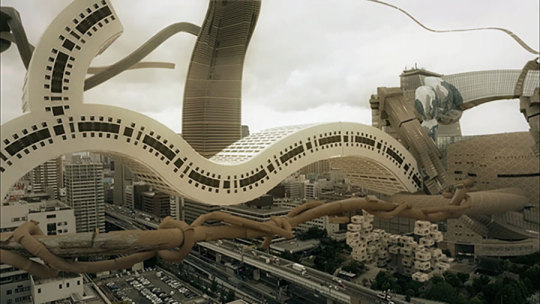
Spatial Bodies. 2016. Music by Daisuke Tanabe.
Spatial Bodies depicts the urban landscape and architectural bodies as an autonomous living and self replicating organism. Domesticated and cultivated only by its own nature. A vast concrete vegetation, oscillating between order and chaos. Music specially composed by Daisuke Tanabe. Filmed in Osaka, Japan. Influenced by gunkan and metabolism architecture and the video game Katamari Damacy.*
Read more: Directors Lounge at the Contemporary Art Ruhr, Oct. 2016


